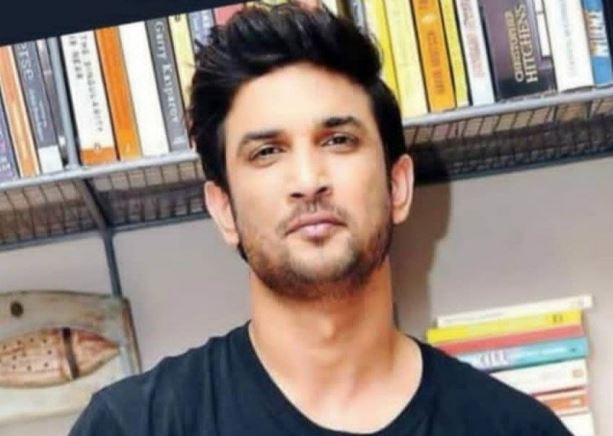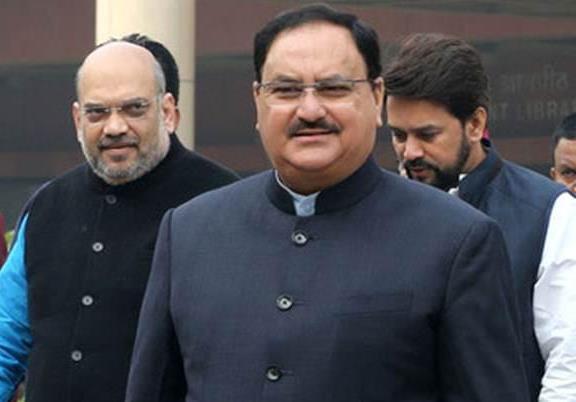It is a month since Bollywood actor Sushant Singh Rajput died by suicide but there is no let-up in the controversial and often unsubstantiated revelations which are continuously being aired by television networks on his untimely demise, particularly since the case acquired political overtones.
From an initial discussion on mental health of actors to nepotism in the Hindi film industry and discrimination against outsiders, 34-year-old Rajput’s death has degenerated into an all-out war between the Maharashtra and Bihar governments which are currently led by opposing political coalitions.
It is no coincidence that the Bihar government, led by National Democratic Alliance partners, Janata Dal (U) and the Bharatiya Janata Party, has upped the ante on this case as the state assembly elections are due in a few months. Bihar chief minister Nitish Kumar’s popularity ratings have dipped in recent weeks as the state machinery is unable to cope with the rising cases of coronavirus.
Fighting with his back to the wall, the Rajput case has proved to be a handy diversion for Nitish Kumar who has successfully deflected public attention by decrying the Maharashtra government’s tardy investigation into the death of Bihar’s son Rajput. It helps that the Maharashtra government is headed by his coalition partner BJP’s bete noire Shiv Sena.
It suits the Janata Dal (U) and the BJP to build pressure on the Maharashtra government by keeping up the narrative on Rajput’s “mysterious death”. In Bihar, the two parties have an eye on the Rajput vote, a small but influential community which has been demanding justice for the actor.
ALSO READ: Statism In The Time Of Pandemic
It is not just the JD(U) and the BJP which are eyeing the Rajput vote but opposition parties, including the Rashtriya Janata Dal and the Congress, have also joined the race. The two parties joined the chorus for a probe by the Central Bureau of Investigation when the issue figured in the state assembly when it met recently for a day to discuss the COVID-19 situation in the state.
BJP legislator Neeraj Kumar Singh, the actor’s cousin, raised the demand first, drawing instant support from across the political spectrum. Leader of opposition Tejashwi Yadav of the RJD went a step further and proposed that the upcoming film city at Rajgir be named after Rajput while Congress leader Sadanand Singh suggested that the assembly adopt a resolution demanding an inquiry by the Central agency.
If tempers are running high in Bihar, it is no different in Maharashtra. Always on the lookout for issues on which it can discredit the Uddhav Thackeray government, the BJP feels the Rajput case is a potent weapon to mount an effective attack against the chief minister and his son Aditya Thackeray. Former Maharashtra chief minister Narayan Rane and his son Nilesh have been particularly vocal and even suggested that Rajput was murdered. They have demanded that Aditya Thackeray should step down as minister to facilitate a fair probe since his name has figured during the course of a hearing in the Supreme Court.
Finding himself under constant attack, Aditya Thackeray broke his silence to deny his involvement in the case while his Shiv Sena colleagues are putting up a stout defence in his favour. Senior party leader Sanjay Raut, who has been at the forefront in hitting out at the BJP, described its allegations as a “political conspiracy”, aimed at maligning the government because the opposition did not succeed in toppling it.
ALSO READ: Migrant Crisis Will Haunt Modi Govt 2.0
Though the controversy regarding Rajput’s death had been simmering since he was found hanging in his Bandra apartment on July 14, it picked up pace after the Bihar police registered a case against the actor’s girlfriend Rhea Chakraborty and others on July 25 following a complaint filed by the dead artist’s father KK Singh. The charges ranged from cheating, abetment to suicide and wrongful confinement.
On cue, the Bihar government dispatched a team of police officers to Mumbai to investigate the case. Furious at this interference, the Maharashtra government retaliated by placing Vinay Tiwari, the leader of the Bihar police squad, under quarantine by citing existing guidelines for containing coronavirus.
At the same time, the Maharashtra police made it clear that the Bihar police has no jurisdiction to investigate the matter in their state as the incident took place in Mumbai. Moreover, it said, it was already in the process of investigating Rajput’s death. The Bihar police charged that the Maharashtra police was deliberately going slow in this matter as it was protecting an important person (read chief minister Uddhav Thackeray’s son and minister Aditya Thackeray) whose name is said to have surfaced during the investigations.
This opened the floodgates further as charges and counter-charges have been flying thick and fast. Faced with an obdurate Maharashtra government and under all-round pressure from political parties in Bihar, an angry Nitish Kumar proposed that the case be handed over to the Central Bureau of Investigation. It was not surprising that the request was accepted with alacrity by the BJP-led ruling alliance at the Centre. Normally a demand for a CBI probe is made by the state government where the crime has occurred. In this instance, rules were conveniently bypassed by the Centre which acceded to the Bihar government’s demand even though the incident took place in another state.
Meanwhile, the case gets murkier by the day. Besides the CBI, the Enforcement Directorate has been summoning the actor’s girlfriend and other associates for questioning. Rajput’s father has accused Chakravorty of siphoning off Rs. 15 crore from his son’s bank account, of overdosing him with drugs and creating a wedge between the actor and his family.
Needless to say, the media has had a field day reporting and “investigating” this case. It has essentially declared that Chakravorty is guilty. Breathless and excited reporters on television news channels have, with leaks from helpful sources, accessed details of Rajput’s holidays with his girlfriend and provided “breaking news” about the actor’s finances and mental health in back-to-back coverage. Chakravorty is predictably the villain of the piece.
With Bihar elections a few months away, it can be safely said that interested political parties will continue to work doubly hard to ensure that the Rajput case remains centrestage.


